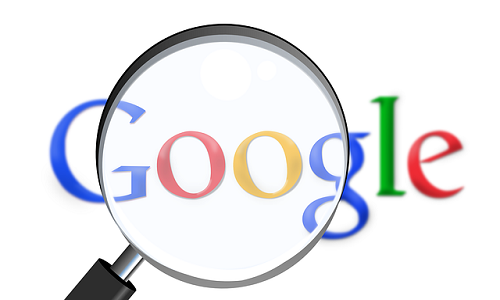Duplicate content can hurt your school website’s SEO value and ranking potential. While it may not result in a penalty directly from Google, it can confuse search engines about which pages of your site should rank for what queries. Checking for duplicate content regularly is essential to combat content scrapers and prevent internal and external duplicated pages from confusing search engines. This is how to do it for free using an online duplicate content checker.
SEO Review Tools’ Duplicate Content Checker
You can use several free duplicate content checker tools to see if your website has the same content one way on. This tool can run a complete scan of your entire website. Thus, it is essential to learn how it affects your SEO and how to check duplicate content online to avoid huge problems. It occurs when the same information is displayed in multiple places on a website. Because the same material confuses search engines and may result in a penalty, it is a severe problem for SEO. Additionally, it may result in your pages being rated differently than they should be, which is bad for your rankings.
Utilizing the canonical tag, which informs search engines that a particular URL is the original version of a page and should receive all links and ranking power, is one technique to prevent this. This is especially important if you’re syndicating your content.
Google’s Definition of Duplicate Content
If a page on your website contains the same material, search engines will need help to discern which version of your content should rank.
It may also prevent users from finding the information they’re looking for. This is an undesirable situation for everyone involved.
Duplicate content can be defined as substantive blocks that match other content or are appreciably similar, whether intentional (plagiarism) or unintentional, such as when two pages have identical title tags and meta descriptions, this type of content can cause problems for your SEO performance.
While some duplicate content is inevitable due to technical mishaps, other instances of the same content may result from other websites copying your content and publishing it on their own. This can cause your site to compete with itself, lowering its overall SEO performance. Fortunately, you can avoid this by taking the proper measures to ensure your content is unique.
Google’s Response to Duplicate Content
Having duplicate content on your site can confuse search engines and lead to a lower ranking. It is essential to check for this frequently and avoid it as much as possible. However, some situations are beyond your control. For example, if your CMS creates printer-friendly versions of your pages or discussion forums generate desktop and stripped-down mobile versions of the same page, this is not your fault. In these cases, using a canonical tag on the duplicate page is often best to let Google know which version you want to rank for.
Even though duplicate content can cause significant problems for your SEO, you won’t get penalized by Google as long as you aren’t trying to deceive them. To ensure you have no duplicate content on your website, several free tools help you check for this issue.
Google Webmaster Tools
Duplicate content is a vast SEO boo-boo; if you aren’t careful, it can wreak havoc on your search engine optimization. It can happen for several reasons, from scrapers republishing your blog content to your internal pages that don’t use excerpts or canonical tags correctly.
The good news is that non-malicious duplicate content won’t get you a penalty from Google (unless you are spamming keywords or doing some deception), but it can still hurt your SEO performance. Thankfully, you can use many free tools to check for duplicate content on your website.
The tool returns a list of all pages that contain duplicate content. The results are sorted by the same percentage, which helps identify the most significant issues that need attention. You can also use this tool to find duplicate title tags, which is handy if you have multiple page titles that aren’t using the same canonical URL.



